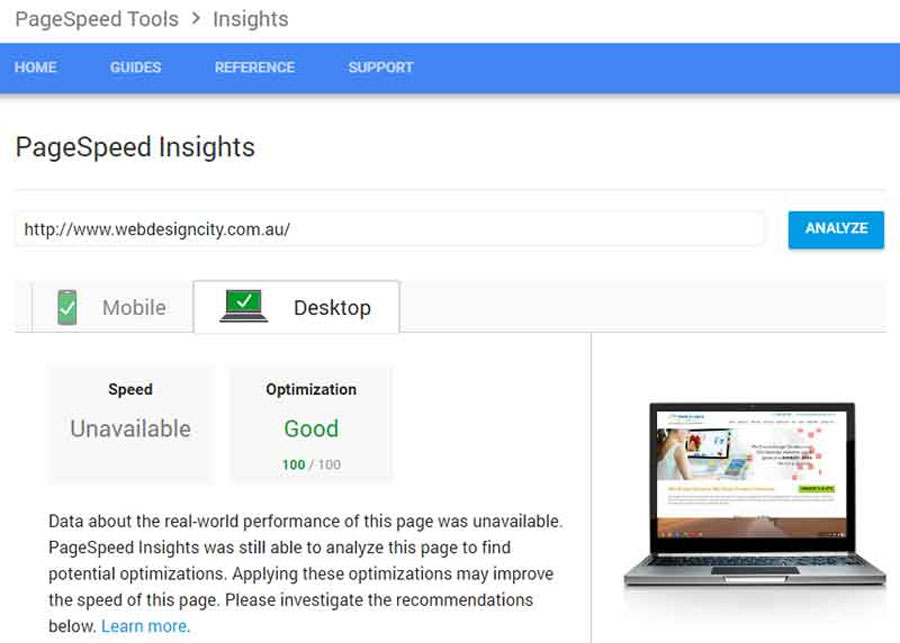Optimising Google Page Speed Insights – Tools and Options
It is quite likely that you have invested in hiring SEO services, also ensured that you have a server that is well-configured, have not left any stones unturned as far as digital marketing is concerned, and you pay well for buying bandwidth. However, despite all these efforts, you have not been able to derive the optimum benefits and your website is not getting the rank it should.
Can Google Page Speed Insights come to your rescue? Perhaps, yes it can. How can this tool help you?
Tips for Better Website Performance with Google Page Speed Tool
There are few important aspects that you can consider for better website performance-

1. Allow Compression of Content– Reduce Bytes Transmitted
Whenever you send any content to a client, compress it in Deflate or GZIP format. By compressing you are minimising the bytes. As such, the bytes that you transfer over a network are less. So, the time for download will be lower too.
2. Server Response Time – Google Page Speed Insights
The tool that measures website performance takes into account server response time. It sets off in the event server’s response time is not within >200ms, which is regarded as the time taken for the HTML code to load. Using Google Insights analysis will enable you to find out the probable cause for slow response time.
3. Browser caching- How will it impact website performance
It takes a lot of time for static files to load. Files that you download earlier are already stored in the browser’s cache storage. It is best if the data is provided from the local cache storage itself when required, instead of getting them from the server again, which would mean downloading them again and that would eat up not just space but bandwidth too.
4. Landing Page Redirects must be Avoided
Avoid redirecting landing pages repeatedly to the point from where the data is again sent to the client. This results in so called ‘latency’. One of the main reasons that cause website performance to slow down is with every redirect; a new HTTP ‘request-response’ sequence takes place. This is prominent with any hand-held device if the net connectivity is poor. To overcome this problem to a great extent, website developers make use of Responsive design that has been found to nullify the effects to a great extent.
Apart from the measures that you can employ for optimal site performance, optimising content, both textual and visual is another way to enhance output. As far as the question of Google Page Speed Insights arises, it is a proven and tested tool that has taken over the website designing industry by storm, evolving it for delivering better results.




